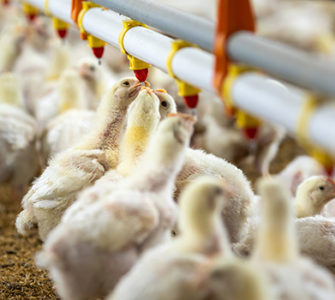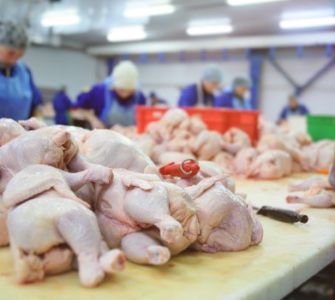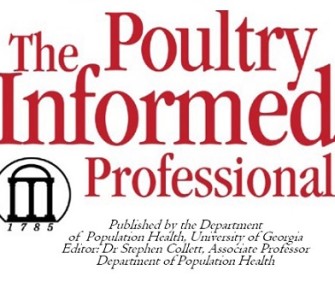Tips for uncovering toxicity in poultry flocks
Toxicity is a relatively rare affliction for hens, and tracking down the source can prove challenging, as one case study outlined by a poultry diagnostics expert revealed.
It concerned a spike in mortality and decreased feed and water consumption in a flock of 39-week-old broiler breeders.
Eric Shepherd, DVM, clinical assistant professor of avian medicine at the University of Georgia’s Poultry Diagnostic and Research Center, presented the investigation.
He said that initial inquiries involved looking at where birds were dying and whether it was roosters or hens — or both — that were predominantly affected. The issue was primarily found within one house on the farm.
In cases like this, avian influenza and exotic Newcastle disease were two major worries, he added, but testing ruled out both.
Necropsy revealed no signs of any infectious diseases such as fowl cholera that may have caused the high mortality.
“The next thing in my mind is some type of toxicity. We had some feed samples sent to us and saved a few different batches of it throughout the house,” Shepherd said.
“We also took a bunch of tissue samples for histopathology, and then we did some blood work using the i-STAT [portable blood testing] machine.”
What the samples revealed
There are rarely major lesions present in cases of acute toxicity, Shepherd said, though in this case, there were some pale kidneys found in birds — evidence of damage.
Histopathology uncovered some acute tubular necrosis in birds’ kidneys, and there was also some acute skeletal muscle damage.
The feed analysis revealed the likely cause of the problem. A basic analysis of the mineral content took place.
“What jumped off the page was potassium. Potassium should be about 0.6%, and it was over 5%, which is astronomical.
“There were quite a few other things that were elevated as well, but the potassium was super, super high,” Shepherd said.
Potassium poisoning made sense as a diagnosis, he added. “Potassium definitely makes sense here, along with [increased water consumption] you have skeletal muscle damage, so the birds are having more potassium released from the muscles, and then also the kidneys are damaged so they can’t adequately get rid of this potassium. So that drives the potassium content up in the blood.”
During the investigation it was determined that the birds had access to the contaminated feed for about a day before it was pulled, and the other house on the farm had not yet started consuming it.
Performance never quite recovered, Shepherd said, but mortality “got back to normal” after about a week.
“When you’re pulling feed, sometimes some stays in the feed lines,” he added. “So they‘re going to kind of gradually keep eating it. But they did the best they can, vacuuming it out, and mortality got back to normal in about a week.”
Shepherd said it is crucial to save a good amount of the potentially contaminated feed; running a small trial can help prove that’s what caused the issue, which will have financial implications.
A portable blood testing machine is also a worthwhile investment, Shepherd added. “It’s hand-held, it’s easy, and it’s pretty useful.”
Posted on October 12, 2021
















